This time, we’re introducing Hinekure Kishi to Fuwafuwa Himesama—a fluffy fantasy about a knight and a princess building tiny fairy homes together. With soft dialogue, rich 丁寧語, and easy-to-follow text, it’s an ideal pick for anyone who wants to study Japanese in a relaxing, heartwarming setting.
Work Information
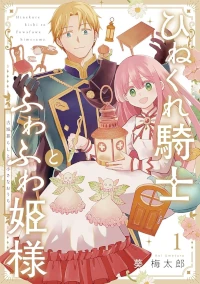
Hinekure Kishi to Fuwafuwa Himesama (ひねくれ騎士とふわふわ姫様)
Author: Aoi Umetaro
Publisher: SQUARE ENIX
Amount of text: sparse
Challenge level: ★
Latest volume : Vol.3(Jul.2025 / Ongoing)
Story overview
A Miniature Fantasy in Another World — A Knight and a Princess Build Tiny Fairy Homes in an Old Castle
“Would you become my daughter’s husband?” Knight Lux is stunned when the king suddenly proposes that he marry Princess Clonia. Unwilling to accept an arranged marriage, Lux visits the princess to politely decline—only to discover that she’s a strange young woman living alone in a dusty, half-ruined castle!
But there’s more—Lux and Clonia share a mysterious secret that ties their fates together. A princess and a knight. Life in an ancient castle. Together, they begin crafting tiny homes for fairies. Thus begins a gentle miniature-crafting fantasy from another world.
The Appeal of This Manga
A disillusioned knight and an eccentric princess—two people who never quite fit in—find a new beginning together in a crumbling old castle.
Just like its title suggests, the story has a soft, fluffy atmosphere filled with warmth,where their quiet days and adorable miniature creations soothe both the characters and the reader. You’ll enjoy watching these two heal from their pasts and slowly rediscover happiness together. Hinekure Kishi to Fuwafuwa Himesama Nothing too dark or unpleasant happens in this manga—it’s all about healing and comfort. Perfect for readers who want something gentle, cozy, and heartwarming after a long day.
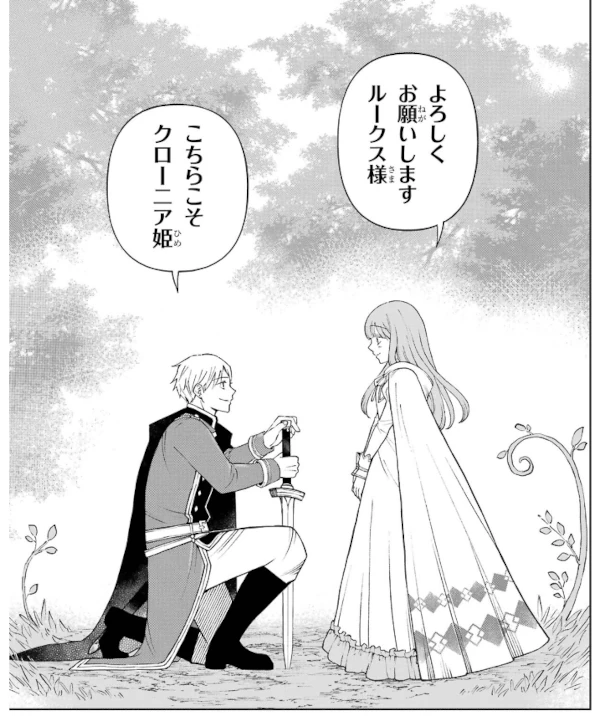
Why this manga is suitable for learning Japanese
This manga is not only entertaining but also highly recommended for Japanese learners for several reasons.
Lots of Polite Speech (丁寧語)
Both Lux and Clonia speak in polite Japanese. Lux uses formal language when speaking to the higher-ranking princess,while Clonia, lacking self-confidence, tends to use polite forms with almost everyone. Because their conversations make up most of the story,you’ll find a high ratio of 丁寧語 (polite speech) throughout—perfect for learners.
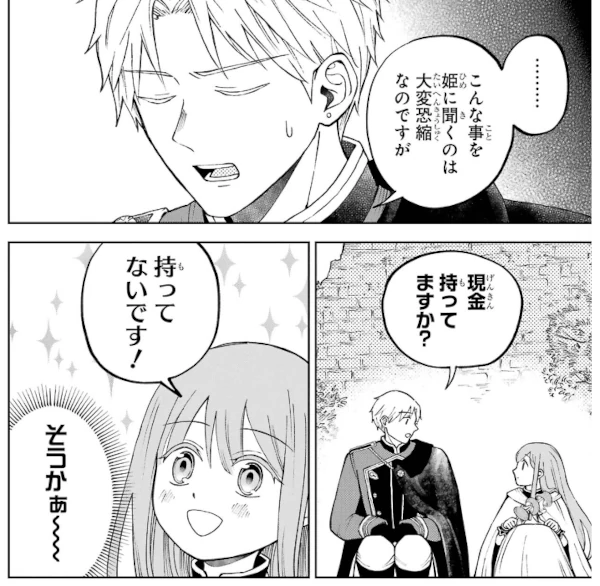
Easy-to-Read Text for Beginners
The overall text volume is light,so even beginners can follow the story without feeling overwhelmed. The conversations are rooted in everyday life situations,making it an excellent manga for anyone who wants to pick up natural, polite Japanese.
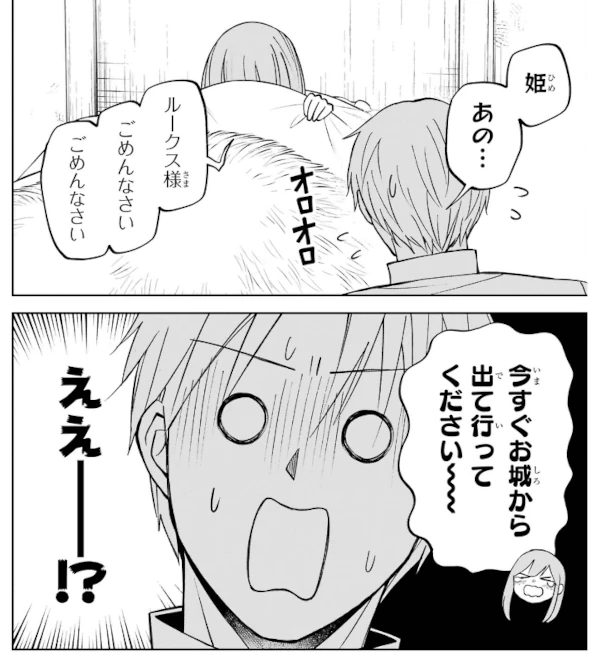
Culture Spotlight
Why So Many Japanese Fantasy Worlds Look Like Medieval Europe中世ヨーロッパ風の世界観
If you’ve ever read Japanese fantasy manga or watched isekai (another-world) anime, you may have noticed a familiar setting: stone castles, armor-clad knights, and rolling green fields straight out of medieval Europe. But why does this particular world appear again and again in Japanese pop culture? Let’s explore the reasons behind this fascinating creative choice.
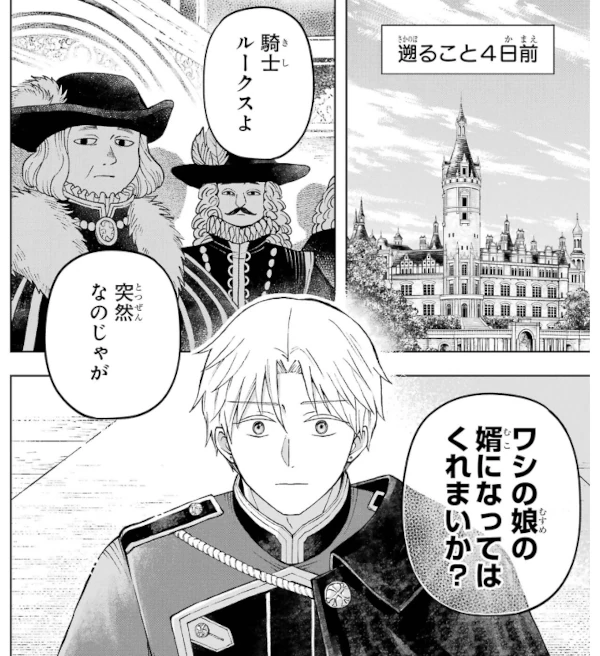
A Shared Visual Language of “Fantasy”
When Japanese creators think of “fantasy,” they often picture dragons, swords, and magic — images popularized by European legends like King Arthur, The Lord of the Rings, and Dungeons & Dragons. These Western stories influenced Japan’s early fantasy literature and RPGs in the 1980s, especially through video games like Dragon Quest and Final Fantasy.
Over time, the “European-style fantasy world” became a kind of visual shorthand. Readers immediately recognize castles and knights as symbols of adventure, courage, and destiny. It’s an easy way to invite audiences into a magical world — no explanation needed.
Escaping Reality through Another World
The isekai genre (literally “another world”) is about escaping modern life — often full of stress, exams, or corporate pressure — and starting fresh in a completely different world. A medieval-like setting feels distant and peaceful, yet still understandable. There are no smartphones, no trains, no cities — just open landscapes, guilds, and taverns.
This nostalgic simplicity allows both characters and readers to explore freedom, self-discovery, and heroism without modern constraints.
Japan’s View of “the Other”
There’s also a cultural angle. For Japan, Europe historically represented the exotic “other” — a faraway world full of mystery and refinement. Just as European writers once romanticized “the East,” Japanese creators now imagine “the West” through their own lens.
This isn’t about historical accuracy — it’s about reimagining Europe as a stage where universal human stories can unfold. That’s why you’ll often see medieval castles sitting next to Japanese-style festivals or cuisine in these fantasy worlds.
What It Means for Learners
For learners of Japanese, these fantasy settings are more than just escapism — they reflect how Japanese culture absorbs and transforms global influences. Understanding this background can help you appreciate not only the language but also the creative imagination behind Japanese storytelling.
So the next time you open an isekai manga and see a shining castle or a wandering knight, remember:
you’re not just reading about “Europe” — you’re seeing Japan’s dream of what lies beyond its own world.
A Little Warning
Beware of the “Noja-loli” Speech Pattern!
One mysterious spirit in the story, Drapure, speaks in an old-fashioned, fantasy-like tone: using “warawa” (an archaic word for “I”) and ending sentences with “noja.”
This style is a fictionalized version of classical Japanese often found in fantasy settings. It’s cute and fun to read—but not something you should copy in real conversation!
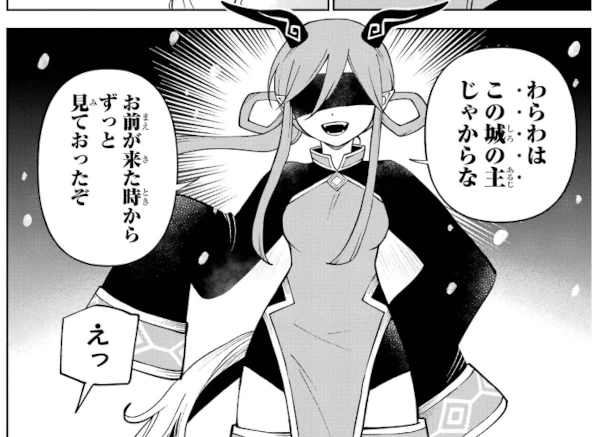
Work Information

Hinekure Kishi to Fuwafuwa Himesama (ひねくれ騎士とふわふわ姫様)
Author: Aoi Umetaro
Publisher: SQUARE ENIX
Amount of text: sparse
Challenge level: ★
Latest volume : Vol.3(Jul.2025 / Ongoing)
Here’s a safe and convenient way to purchase Japanese manga.
This Blog’s ConceptIn this blog, we are introducing manga that are not only highly captivating but also ideal for Japanese language learners. Studying Japanese through manga is both fun and effective. Manga allows you to understand the subtleties of keigo (honorifics), teineigo (polite speech), and casual conversation in Japanese. We hope you find works that match your interests and use them to enhance your Japanese learning journey.